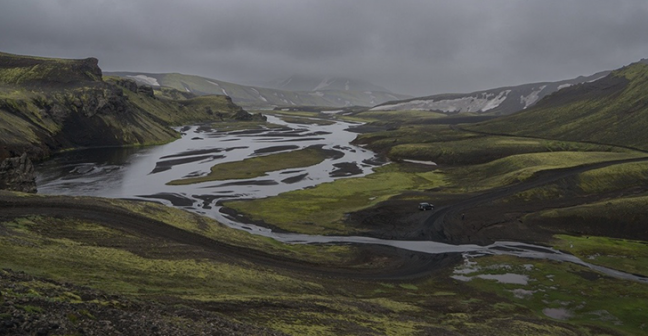This presentation is provided by the newly appointed IAQM Honorary Fellow, Prof Jim Longhurst and Chaired by IAQM Chair, Rush.
This presentation provides a high-level assessment of the causes and impacts of air pollution and its management viewed through the lens of the United...






